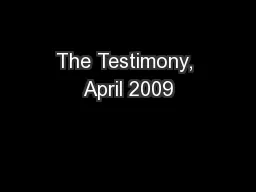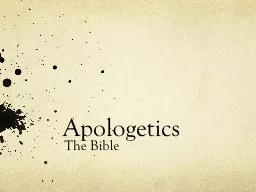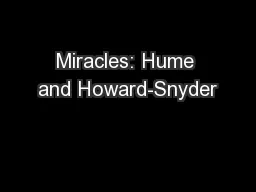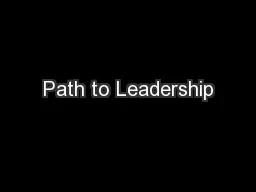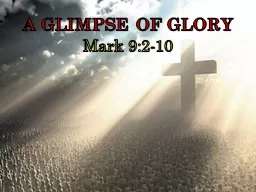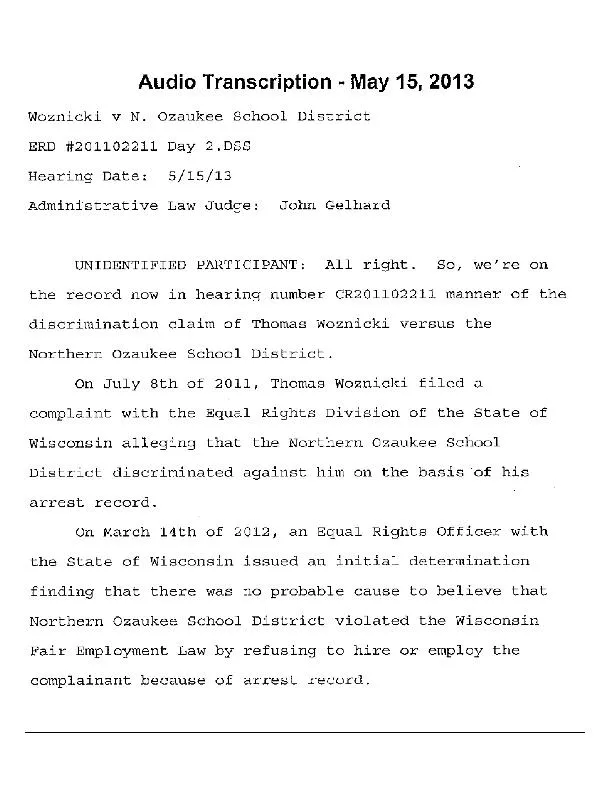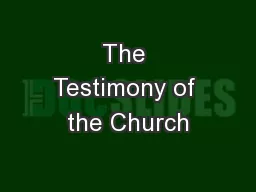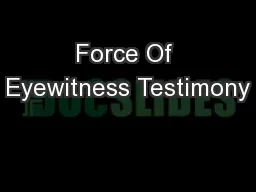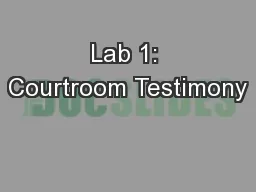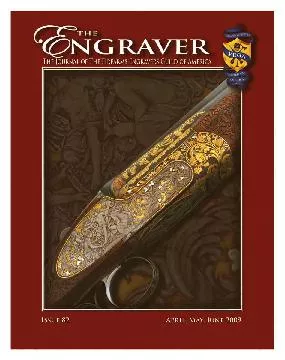PDF-The Testimony, April 2009
Author : pasty-toler | Published Date : 2015-10-19
73 I N HIS condemnation of the scribes and Pharisees Jesus said 147Woe unto you scribes and Pharisees hypocrites for ye are like unto whited sepulchres which indeed
Presentation Embed Code
Download Presentation
Download Presentation The PPT/PDF document "The Testimony, April 2009" is the property of its rightful owner. Permission is granted to download and print the materials on this website for personal, non-commercial use only, and to display it on your personal computer provided you do not modify the materials and that you retain all copyright notices contained in the materials. By downloading content from our website, you accept the terms of this agreement.
The Testimony, April 2009: Transcript
Download Rules Of Document
"The Testimony, April 2009"The content belongs to its owner. You may download and print it for personal use, without modification, and keep all copyright notices. By downloading, you agree to these terms.
Related Documents

